Big Models Propel Cloud Giants Back to To G
![]() 06/12 2025
06/12 2025
![]() 548
548

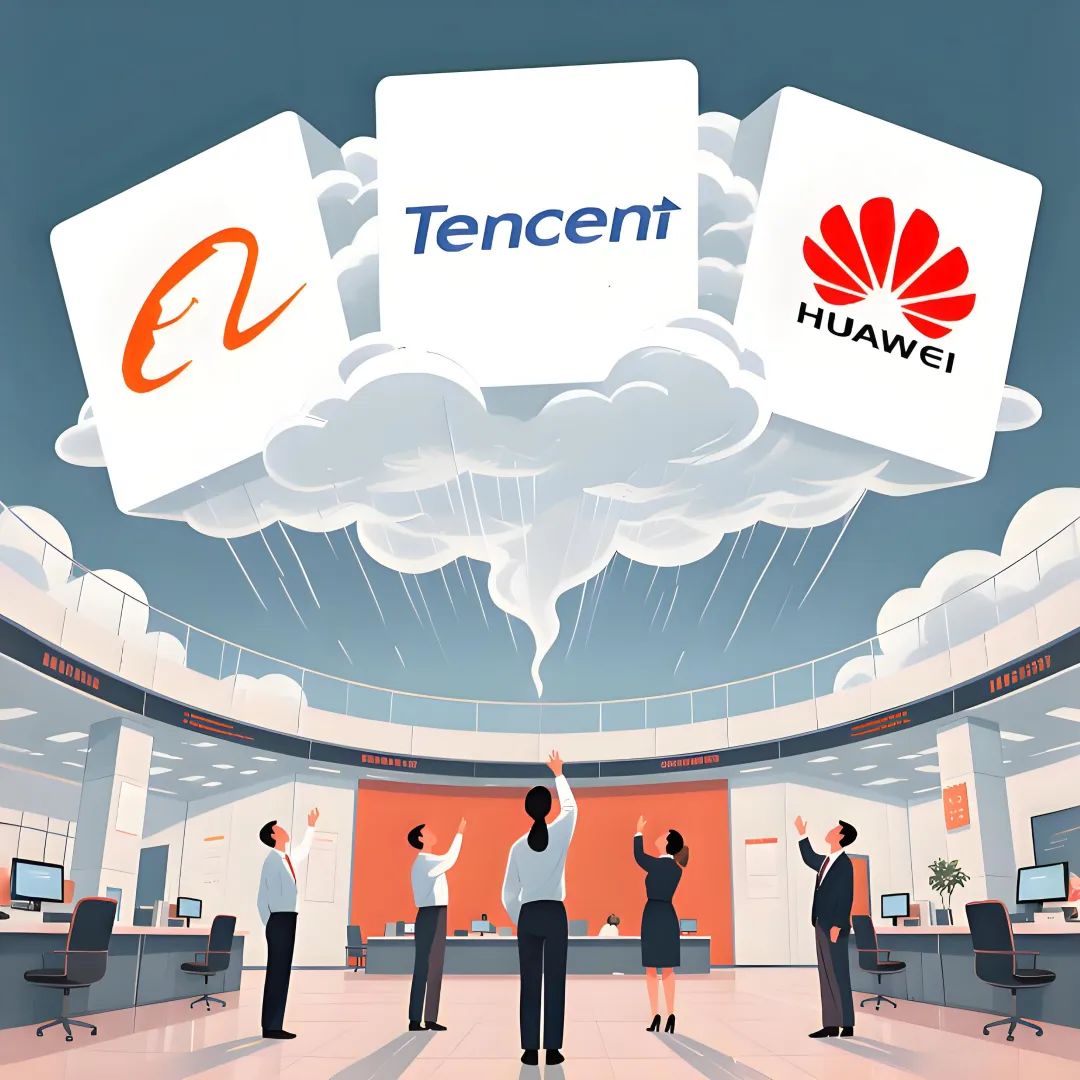

Once viewed as an underappreciated market by cloud giants, government cloud has reemerged as a goldmine, thanks to large models like DeepSeek, leading these giants back to the To G (Government and Enterprise) sector.

Original Tech News AI Tech Team
In October 2019, Microsoft won a $10 billion cloud computing contract from the U.S. Pentagon, beating out rivals like Amazon and Google. Amazon subsequently filed a lawsuit, questioning whether then-President Trump had exerted undue influence due to his bias against Amazon CEO Jeff Bezos. After a change in the U.S. government in 2021, the Pentagon canceled the contract and rebid it. As the birthplace of cloud computing and the largest market, the U.S. government cloud market has long been a fiercely contested arena. Around the same time, domestic internet cloud giants like Alibaba and Tencent were also pursuing smart city projects across the country, with budgets ranging from tens of millions to billions, quickly boosting their financial reports. However, the customized needs and human resource consumption of government and enterprise projects made cloud giants feel cheated. Coupled with the end of aggressive expansion and the dawn of a cost-cutting and efficiency-boosting era, government cloud projects were shelved by cloud giants. Now, with the wave of large models unleashed by DeepSeek in China, "AI civil servants" are starting to take up their posts in batches. According to relevant data statistics, the DeepSeek large model has been deployed in 72 provincial or municipal government departments across eastern, central, western, and northeastern China. Among them, there are 39 in the eastern region, accounting for 54%. 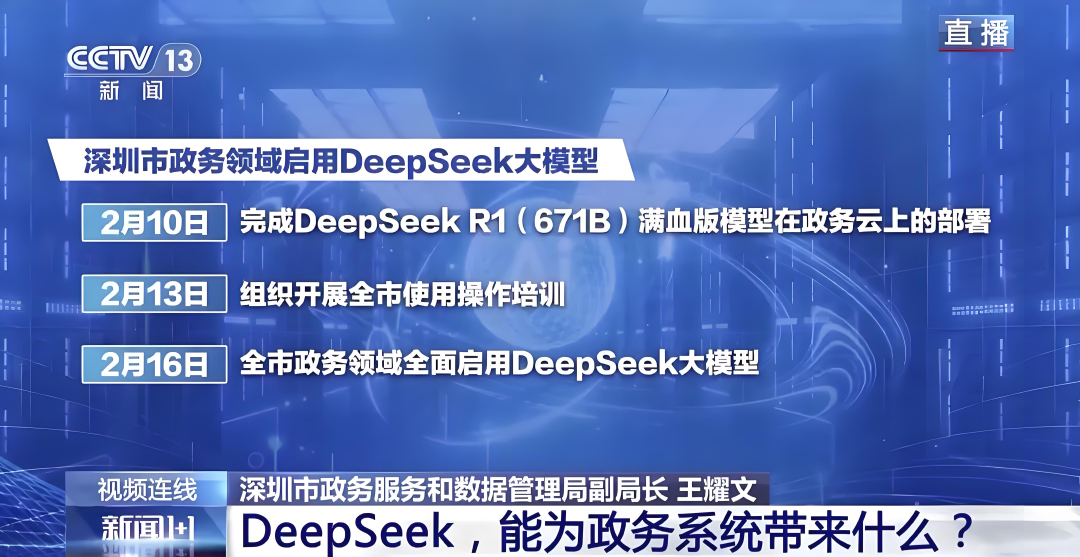
Simultaneously, the government sales teams of cloud giants have returned to a bustling state. Relevant personnel noted it feels like a return to the prosperity of seven or eight years ago. However, the government cloud market, which had relaxed its frontlines for a while, has been occupied by Huawei Cloud and several operator clouds that have come from behind. How should cloud giants return to To G and regain what they have lost?
01
The Past "Chicken Rib" Business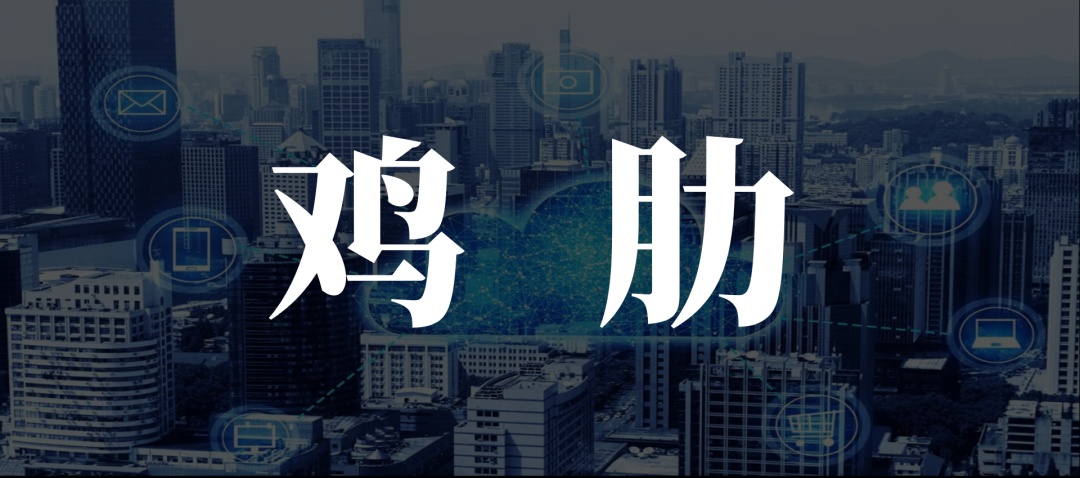
Back in 2012, the "Twelfth Five-Year Plan for National E-Government" first proposed the strategy of "prioritizing cloud computing services," and the domestic government cloud market embarked on vigorous and large-scale construction. According to research statistics from the third-party agency IDC, by 2022, the scale of China's government cloud market reached 50.052 billion yuan, ranking it among the top three in the cloud computing industry. In 2023, the National Data Administration was officially established, further accelerating the process of overall urban digital infrastructure construction in China. It was towards the end of 2023 that Alibaba Cloud began laying off its customized industry solution team for government and enterprise customers, widely believed to be related to the strategic guidance of "prioritizing public cloud and reducing offline projects." This forms a stark contrast with the fervent development of a few years ago.
In fact, traditional IT giants are more adept at serving government and enterprise projects compared to later internet giants. During the digitalization process of various industries in China, overseas technology companies such as IBM, HP, Dell, and Oracle were also the first to reap the rewards. However, since Amazon's cloud business AWS defeated IBM in 2013 to win a $600 million contract from the CIA, domestic internet giants focused on To C also began to include cloud computing and the government and enterprise sector within their sphere of influence. Among them, Alibaba, Tencent, Huawei, and several major operator clouds are the main players, with Alibaba Cloud far ahead, forming a pattern of "one superpower and multiple strong players." In the melee in the government cloud market, price bottoms have been constantly breached. In 2016, the Wenzhou Municipal Government Office had a budget of 1 million yuan for a government cloud platform project, and China Mobile, which participated in the bidding, won with a price of 1 yuan per month; a year later, Tencent Cloud won the Xiamen Municipal Government Extranet Cloud Service Project with a bid of only 0.01 yuan.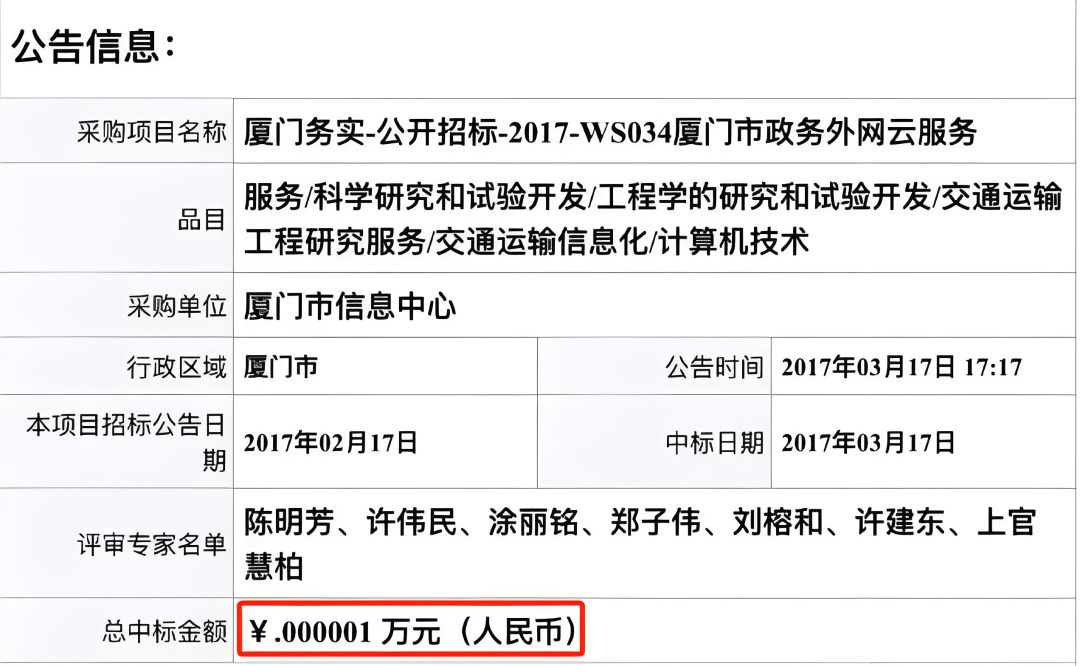
After seizing market share regardless of cost, government cloud projects gradually exposed issues such as high customization costs, difficulty in measuring effectiveness, and long payment collection cycles during the implementation process, leading to significant accumulations of contradictions between the parties. In 2019, after a civil judgment by the Wuhan Intermediate People's Court in Hubei Province, the Wuhan Smart City project, which invested nearly 175 million yuan, was withdrawn as an unfinished project. As the first smart city project launched by the international cloud giant Microsoft in China, it also failed to materialize. Domestic internet giants soon ushered in the end of the "era of disorderly expansion." Under strategic contraction, government cloud projects, which were like chicken ribs, became the first to be cut. In contrast, Huawei, whose mobile phone business was hindered, and operators with thicker foundations did not stop their footsteps. By 2023, China Telecom (Tianyi Cloud), Huawei Cloud, Alibaba Cloud, China Mobile, Inspur, and others ranked at the top of China's public government cloud market share, with Tencent Cloud having disappeared from the forefront. However, the market potential of government cloud remains a goldmine waiting to be tapped, but it temporarily does not suit the tastes of cloud giants.
02
Big Models Reconstruct Government Cloud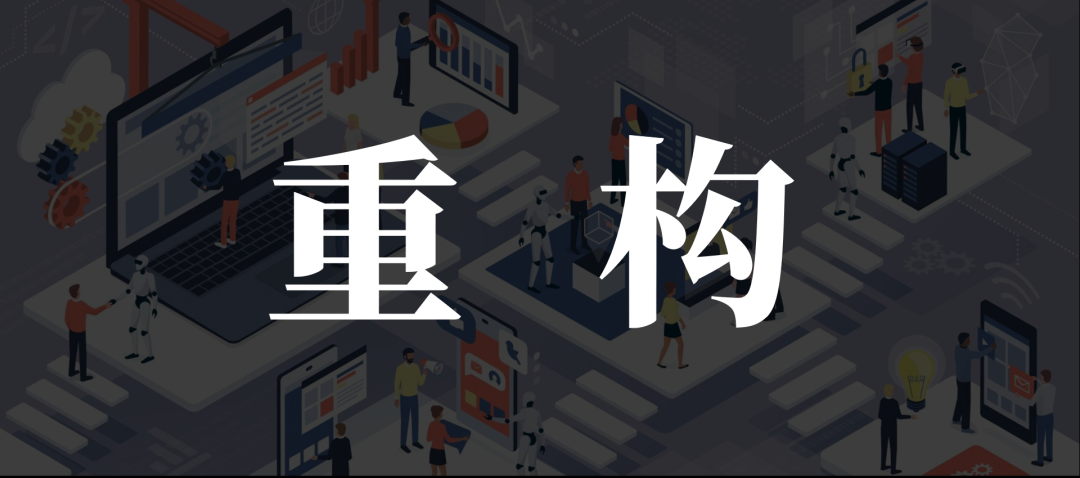
Having lost the favor of major players, the once-quiet government cloud market was unexpectedly revitalized by DeepSeek earlier this year. On February 8, Longgang District in Shenzhen deployed and launched the DeepSeek-R1 full-size (671B) model, and neighboring Futian District went a step further, with the first batch of 70 AI digital employees developed based on DeepSeek officially "taking up their posts." Subsequently, Guangdong, Jiangsu, Jiangxi, Inner Mongolia, and other regions announced the completion of the localized deployment of the domestic large model DeepSeek in government systems, covering core scenarios such as policy interpretation, document processing, people's livelihood services, and urban governance. As early as the beginning of 2024, IDC released "Analysis of China's Government Big Model in the Digital Government Application Market, 2024," predicting that by 2027, the application of generative AI in government will expand from task automation to decision support, increasing citizen service response capacity by 10% and civil servant productivity by 15%. DeepSeek's astonishing success has obviously accelerated the integration of government cloud and large models. In addition to Tencent Cloud, many other cloud giants such as Alibaba Cloud, Baidu Cloud, and ByteDance's Volcano Engine have quickly accessed DeepSeek's open-source model to meet the continuous demand for on-site inquiries. This is because government cloud projects have high requirements for data security and privacy, preferring localized deployment under the technical support of well-known giants.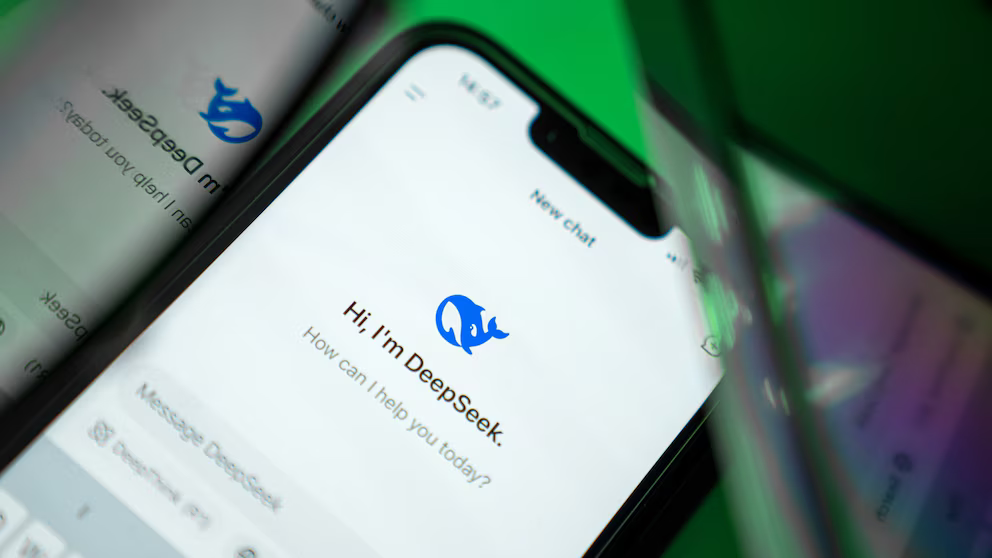
In fact, generative AI has been popular in China for two years, but there has always been a barrier between it and the government cloud market: large models developed abroad are obviously not suitable for use by government departments; and the construction of private cloud computing power platforms can be costly. DeepSeek's domestic attributes, open-source model, and high cost-effectiveness characteristics happen to break through this last hurdle. Informed sources revealed that the current mainstream choice for government units is to purchase graphics cards or configure stand-alone machines based on the original hardware equipment, with costs ranging from hundreds of thousands to millions of yuan. Taking DeepSeek R1 (671B) as an example, after optimization, the initial cost of stand-alone deployment is only a few hundred thousand to 2 million yuan. For cloud giants, the sudden explosion of government and enterprise projects is also like a timely help in a difficult situation. Under multiple rounds of price reductions in the domestic large model market, pricing entered the "cent era" last year.
On the last day of 2024, Alibaba Cloud announced a price reduction of over 80% across the board for its Tongyi Qianwen visual understanding model. With the advent of DeepSeek, the representative of low-cost models, domestic large models will continue to be deeply entrenched in price wars in 2025. Therefore, the project-based To B and To G markets have become one of the few means of blood replenishment. Judging from information sorted out from public channels, as early as 2024, iFLYTEK, WisdomAI, and Baidu had already become the first tier in the large model To G market. However, thanks to the frenzied buying spree for DeepSeek all-in-one machines, mid-tier cloud vendors such as QingCloud, UCloud, and Kingsoft have also welcomed a wave of value reassessment this year. Undoubtedly, the reconstruction of the government cloud market by large models and DeepSeek is still ongoing.
03
From Integration to Being Integrated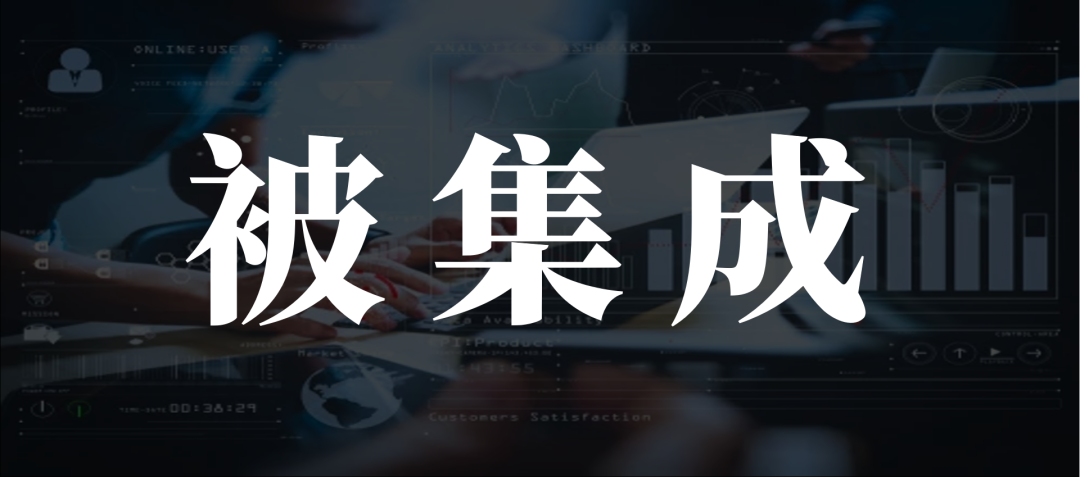
A chicken rib that is tasteless to eat but also a pity to discard. Cloud giants' retreat from government cloud is not a complete abandonment but a shift in business form. At Tencent's internal employee conference at the end of 2022, Ma Huateng expressed his full support for CSIG's (Cloud and Smart Industries Group) strategy of abandoning the role of integrator and instead becoming integrated with self-developed products. "Don't let others sneer at you and say that your cloud has been surpassed by Huawei, and you're only in third place (and you can't help it).
He encouraged employees not to care about outside public opinion: "It doesn't matter! We're not in a hurry, don't get fooled." This may be related to Li Qiang, the former general manager of SAP China, joining Tencent in 2021 as president of the government and enterprise business. He once told Ma Huateng that none of the successful TO B companies worldwide have grown large by relying on system integration; the core is still making products. The popularity of the strategy of being integrated among cloud giants corresponds to the rise of operator clouds. First, the state-owned background of the three major operators such as China Telecom has a natural advantage when bidding for government cloud projects; second, the sales network spanning large and small administrative regions nationwide also gives operator clouds an advantage in sinking markets such as county-level projects. Against this background, operators have replaced the integrators of past giants, and after obtaining large government and enterprise orders, they subdivide them to Alibaba Cloud and Tencent Cloud, each with their strengths, to achieve complementary advantages and meet their respective needs.
A similar strategy can also be seen in the automotive industry. For example, Huawei adheres to the strategy of "not personally making cars" and cooperates with other automakers to become a Tier 1 (first-tier supplier). Although it cannot fully enjoy the profits of integrators or OEMs, as a supply chain player, it also does not need to bear frontline sales and operating costs. At that time, Huawei, which had lost a large proportion of cash flow sources from its C-end business, had to take this form to not miss out on opportunities in the automotive industry.
The transformation of cloud giants from integrators to being integrated is essentially driven by the pressure to reduce costs and increase efficiency at the group level. However, the reshaping of government cloud by large models has once again changed the market environment. Compared to the highly customized needs of government cloud projects in the past, large model products are more versatile and reproducible. Just like the rapid popularity of DeepSeek all-in-one machines, which are actually hardware servers integrated with open-source large models, both large and small vendors can complete debugging and training for delivery in a short period of time. Alibaba's value increase in the recent fiscal year comes almost entirely from the doubling of its cloud business valuation with the support of large models, in addition to its defense of its traditional e-commerce business. However, this wave of enthusiasm for government cloud sparked by DeepSeek also has the potential to quickly return to rationality, similar to smart cities in the past.
Despite the progress made in deploying large models, there remains a significant gap between deployment and effective utilization. Government departments, as the primary implementation entities, often find themselves overwhelmed by a myriad of complex tasks, making it challenging to focus on optimizing model usage. Cloud giants should consider taking a more measured approach in their transition to To G (To Government) services. By leveraging their core strengths in technology and products, they can afford to remain agnostic to short-term fluctuations in market rankings.
Reference Materials:
- Digital Intelligence Frontline, "Changes in China's Government Cloud Landscape"
- Leifeng Network, "BAT Cloud Picks Up the 'Chicken Rib' To G Business"
- DoNews, "Frenzy, Rationality, and the Future of Buying DeepSeek All-in-One Machines"
- Southern Weekly, "Writing Official Documents, Serving as Customer Service, and 'Preventing Return to Poverty': When the Government System is Connected to DeepSeek"







